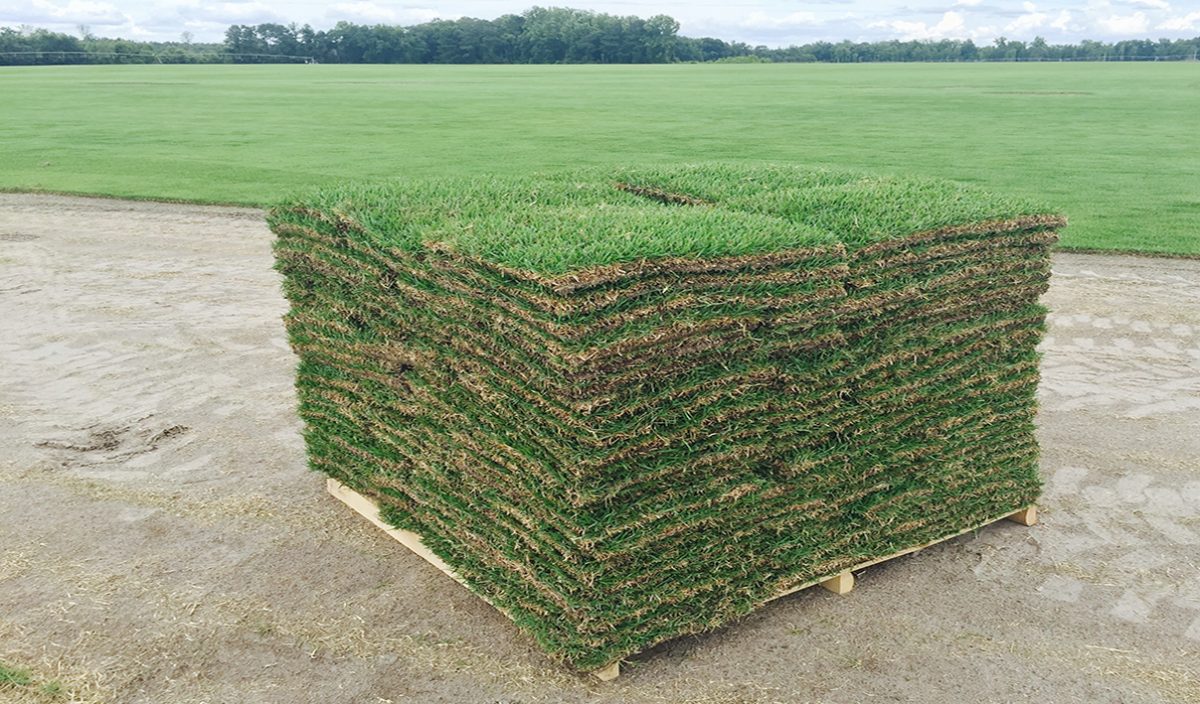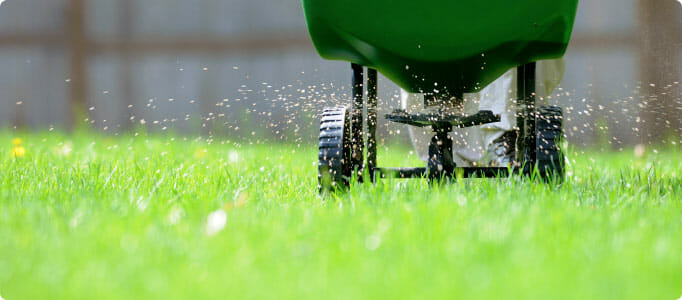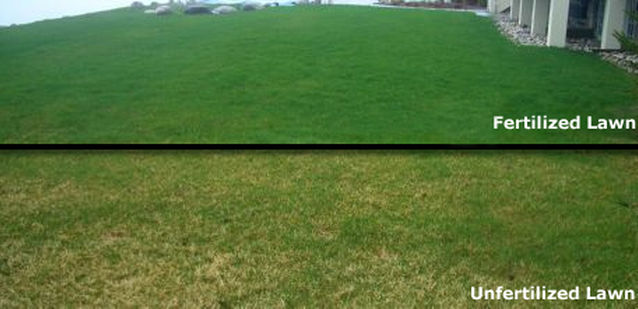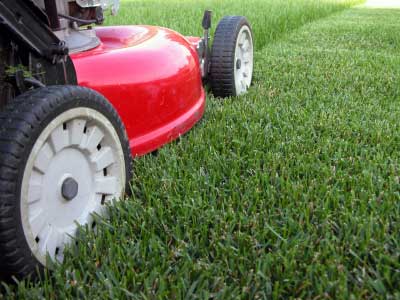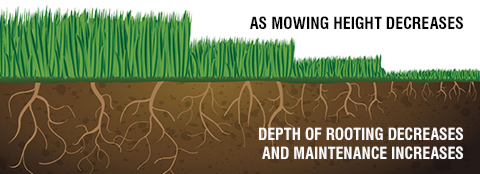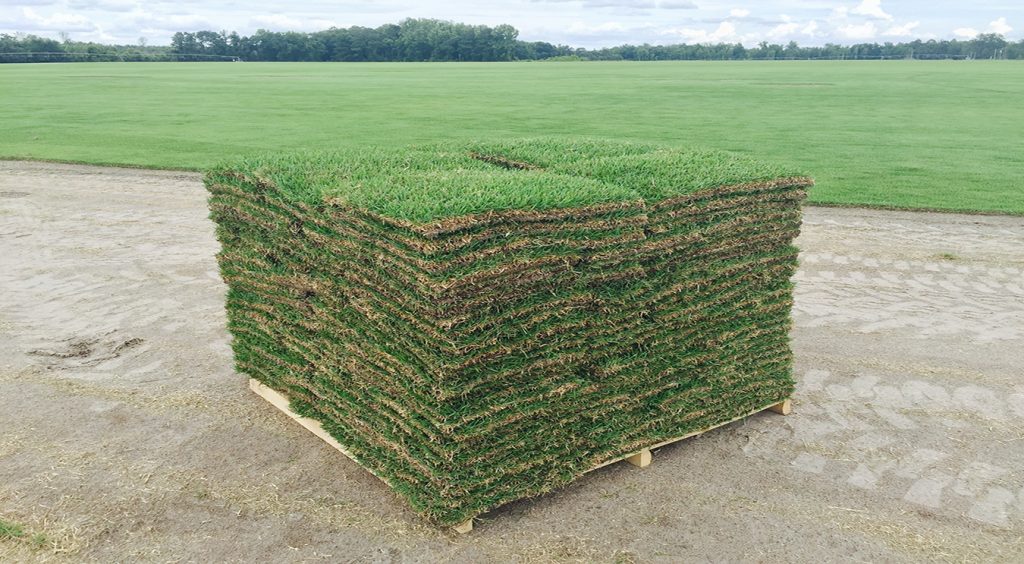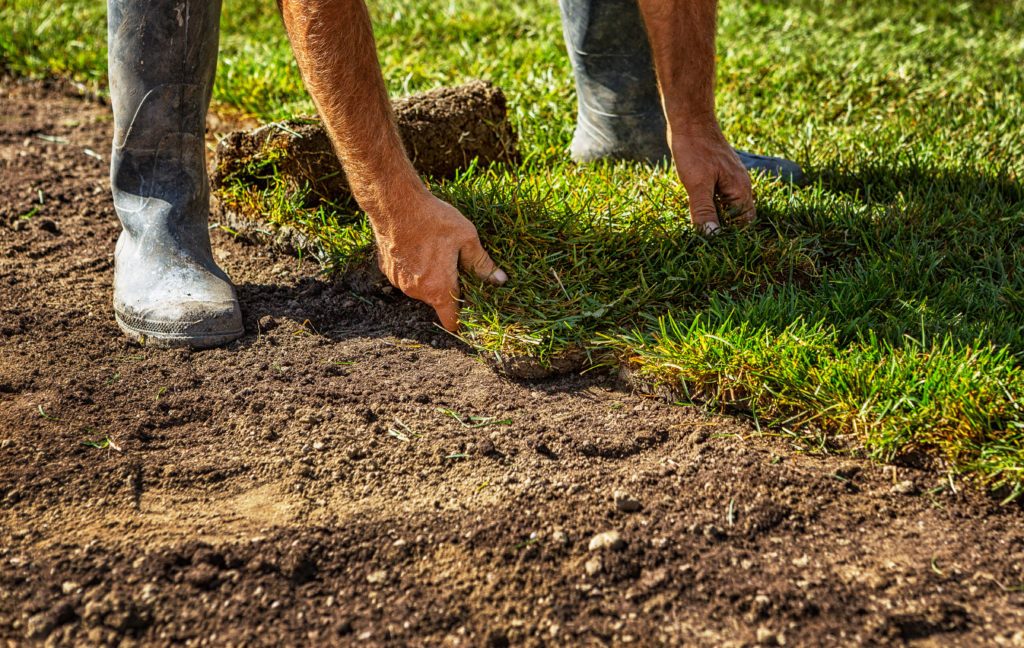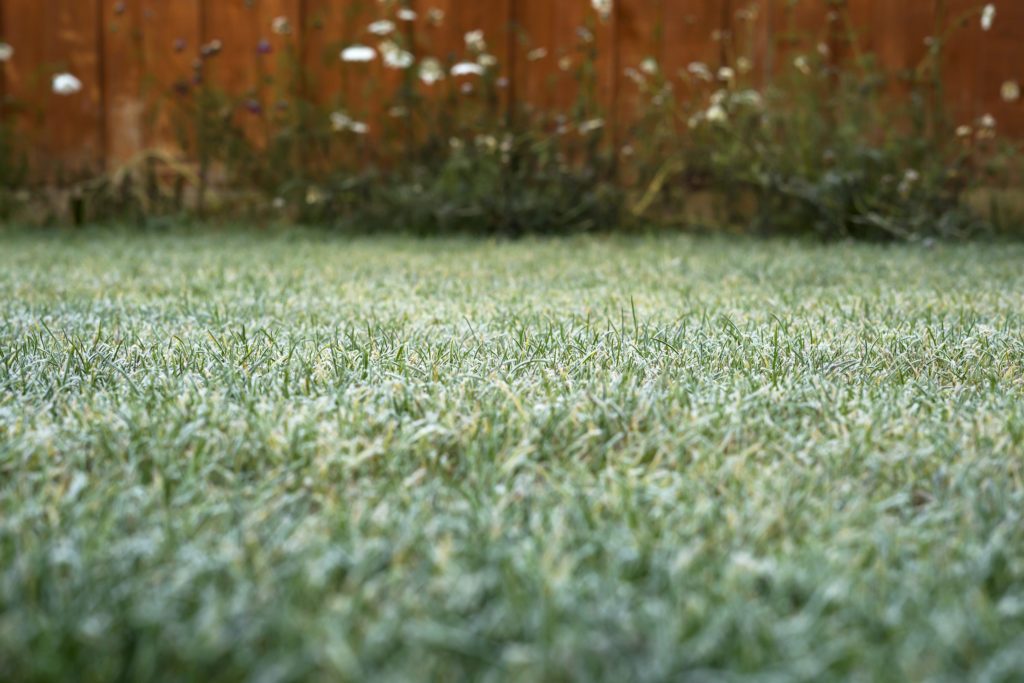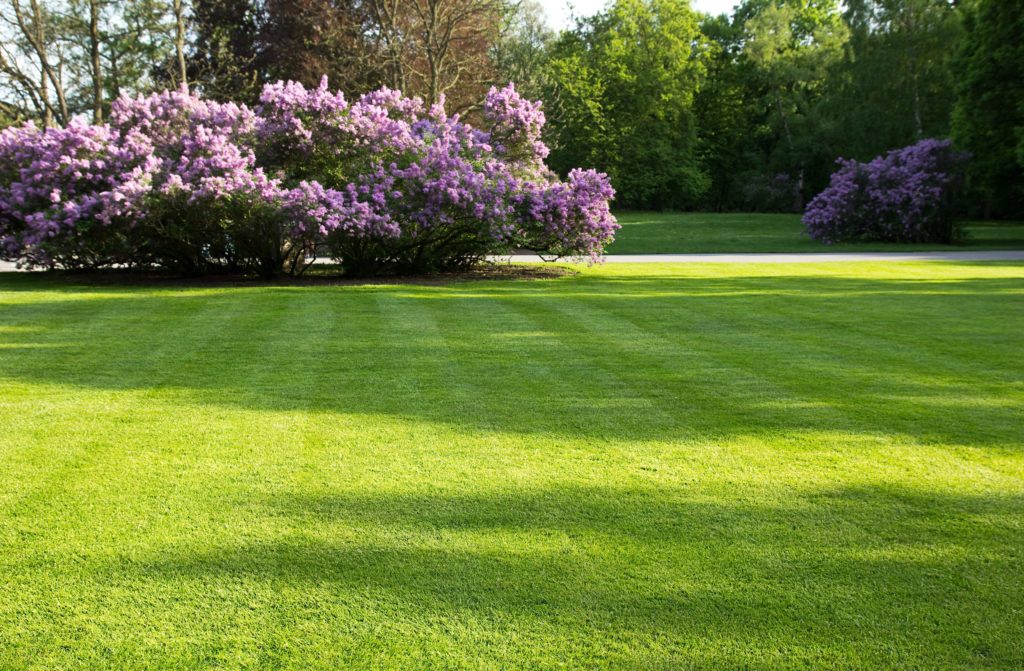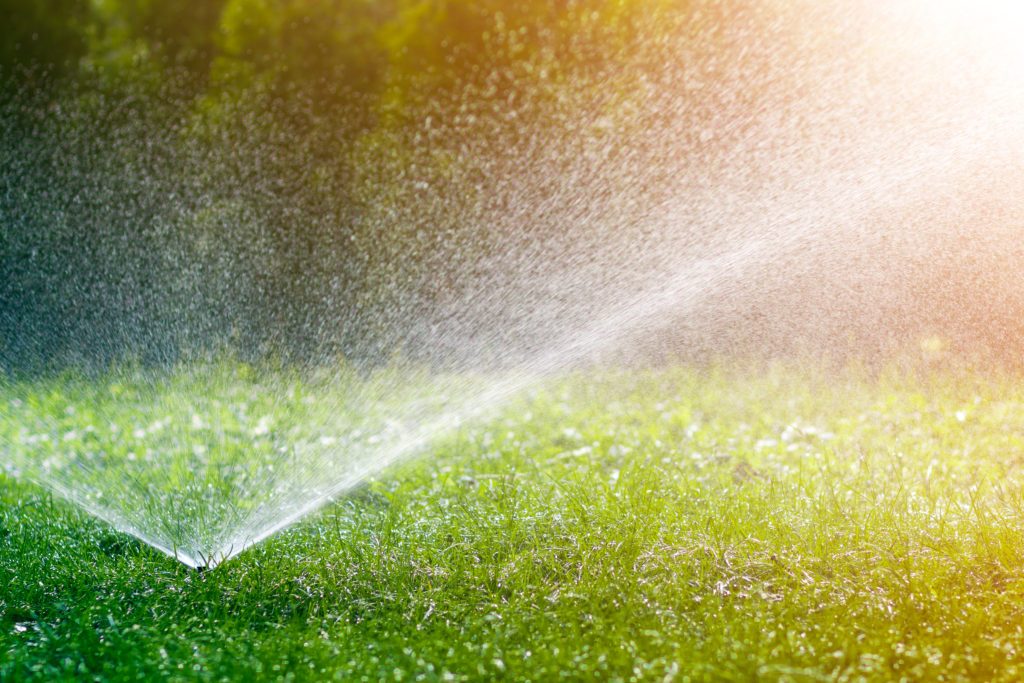
A weed is a wild plant growing where it is not wanted and in competition with other cultivated plants or grass. Truth be told, almost all lawns have some weeds. What we are talking about here is weed control—not 100 percent weed elimination.
FOUR WAYS TO REDUCE WEEDS IN YOUR LAWN
1. MAINTAIN A LUSH, HEALTHY LAWN
In order to establish itself in your lawn, a weed needs the same three things your lawn requires: contact with the soil, water, and sunlight.
For this reason, weeds are more likely to sprout up in bare or thin spots of your lawn. Your best defense against weeds is to maintain a healthy, lush, dense canopy of grass that outcompetes a weed’s ability to establish itself. The thicker your lawn’s canopy, the less likely weeds will be capable of growing.
Lawns with open canopies such as St. Augustine grass, or those that are slow to recover from damage (centipede grass, some tall fescues, and bluegrass) expose themselves to weed establishment more than those with thicker canopies (zoysiagrass) or those with more rapid recovery from damage (bermudagrass).
2. CONSIDER MOWING YOUR OWN LAWN
If you pay the neighborhood boy to mow your lawn or hire a professional, keep in mind that your lawn is being mowed with the same equipment that just mowed another type of grass. Therefore, it is very likely dispensing small plantlets of another grass variety into your lawn.
For example, if you have a brand new zoysiagrass lawn and Johnny mows it right after mowing the bermudagrass lawn of Mrs. Smith, then you will probably have bermudagrass in your zoysiagrass before too long. This threat is primarily a concern in warm season lawns that are propagated vegetatively, meaning a fragment of the parent plant reproduces more plants.
3. FREQUENT MOWING & HAND PICKING
The great thing about mowing your lawn (assuming you have a walk behind mower) is that you get to walk every foot of your lawn pretty regularly, allowing you to keep a close eye on the status of any potential weeds.
Mowing a weed before it puts up a seed head will eliminate that weed’s ability to spread seeds and propagate the next generation, so mowing alone can be one form of weed control.
If your lawn has relatively few weeds, you should consider just hand picking them. Be sure to pull out the root if you can. It’s good exercise and its 100 percent organic.
4. USE HERBICIDES
Herbicides can be selective or non-selective. Selective herbicides kill some plants but not others. For example, a selective herbicide might kill dandelions, but it will do so without bringing damage to your lawn.
A non-selective herbicide kills all plants in comes in contact with. Unless you want to kill your lawn to replace it, you will only want to use selective herbicides that specifically state they will not kill your lawn type on the label.
Herbicides control weeds one of two ways: before they germinate or after. A pre-emergent herbicide is used preventatively to keep weeds from popping up in the first place. A post emergent herbicide is used after a weed has already established itself in your lawn.
A Word of Caution for Newly Sodded Lawns:
The sod from sod farms are treated on a regular schedule. If you happen to see a weed while laying the sod, its no big deal. Chances are it has already been treated and is dying but it doesn’t hurt to pull it out while its right there.
A pre-emergent contains a chemical that prevents a weed from putting down roots. As a root inhibitor, it can also negatively affect your newly sodded lawn since it too will be trying to put down roots.
If you successfully killed and removed your old lawn including all the weeds in it, your newly sodded lawn should have relatively few weeds. It is suggested that you hand pick weeds out of your newly sodded lawn for the first season.
Nutsedge

A word about one of the toughest weeds to get rid of and why it shows up in your newly sodded lawn. This discussion has been had many times and after consulting several sod farms, The nutsedge in your newly sodded lawn didn’t come in with the sod. Nutsedge is a plant that reproduces primarily by tubers. When the soil is disturbed either by tilling, digging or raking, you may bring dormant tubers toward the surface where conditions are right for them to grow. If your nutsedge is from tubers and not the nut, it is easier to get under control. Sledgehammer is a brand of herbicide that does very well controlling nutsedge.
